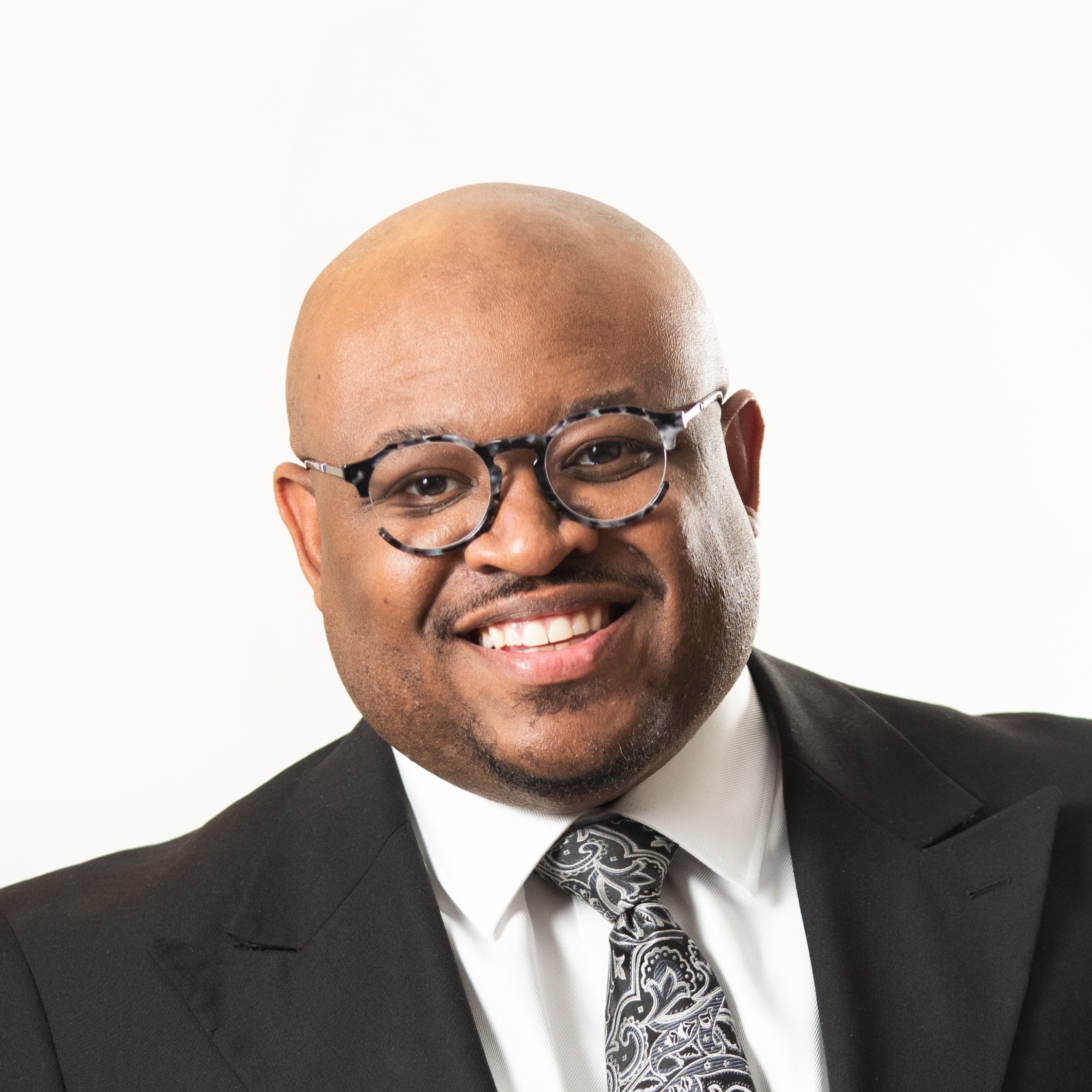For National Day of Prayer this year, I was on a Christian talk show in the Midwest. When they opened the phone lines, a woman in her nineties called to say how heart-broken she was that President Obama was not holding a prayer service at the White House. She has spent her whole life praying for this country and its leaders. Her voice trembling, she mourned the dying of the light in American Christianity.
Mainline pastors, it seems to me, could sympathize with this nonagenarian. A hundred years ago, our forbears predicted that the 20th century would be the Christian century. The long march of civilization and progress had brought us to a new day of possibility. Never had it been easier to be a Christian and to believe you could transform society into the world that ought to be. Leaders of the mainline church today are not likely to be so confident.
It’s hard to be a pastor these days. But the church has been through hard times before, and the tradition always offers signs of hope. From the fourth century on, monasticism has been one of the ways the church has remembered who she is in times of transition. As church leaders have scrambled to retool, monastics have moved to the margins of society to experiment with practices of faith for a new time. The vitality of this movement has been in the mutual dependence between church leaders and monastic communities. Because they knew that they needed each other, they were able to receive the gifts each had to offer.
I am convinced that Western Christianity has been experiencing a new monastic movement during the past 80 years. From the Catholic Workers in Depression-era New York to the Bruderhof movement in Nazi Germany to the Christian community development work of John and Vera Mae Perkins, the Spirit has moved on the margins of the 20th century to create communities of hope. These signs point us toward what the church might look like after the Christian century. If we pay attention to these signs, I believe we can learn a new model for Christian leadership.
While working on an article for the Catholic Worker newspaper, Dorothy Day was interrupted by a young reader of the paper. He asked for Day, the public leader of the Catholic Worker, and was directed to her room. When the visitor said that he’d come to see what the Catholic Worker was about, Day told him, without looking up from her work, that he could grab a broom downstairs and sweep the sidewalk; she would join him when she was finished. Put off at first, the young man did as he was asked. When Day had finished her article, she came down to sweep and talk with him.
Day embodies the leadership style that has emerged from new monastic communities. Like all leaders, she took time to articulate carefully her community’s vision. But she did not assume that proclaiming or writing the vision was enough. The essential thing was to find ways to embody the good news. In a community of hospitality there always was something to do. Doing life together, people could learn a new way to live.
If there is a leadership guru for young pastors who are trying to find their way after the Christian century, I think it’s Mr. Miyagi. What Gen-Xer doesn’t remember watching the sensei of “The Karate Kid,” teaching Daniel the basics of martial arts through the everyday chores of waxing a car and painting a fence? “Wax on. Wax off. And don’t forget to breathe.” Like Dorothy Day, Mr. Miyagi knew that he was teaching a way of life. It can be talked about, for sure. But it is best understood in practice, lived out in everyday relationships and tasks.
The shift from pastor-as-manager to pastor-as-sensei may not be easy, but for those who try it, there is hope. Christianity is not dying; it’s changing shape. If we have eyes to see, there’s resurrection all around -- and opportunity to lead, even while holding a broom or a sponge.














